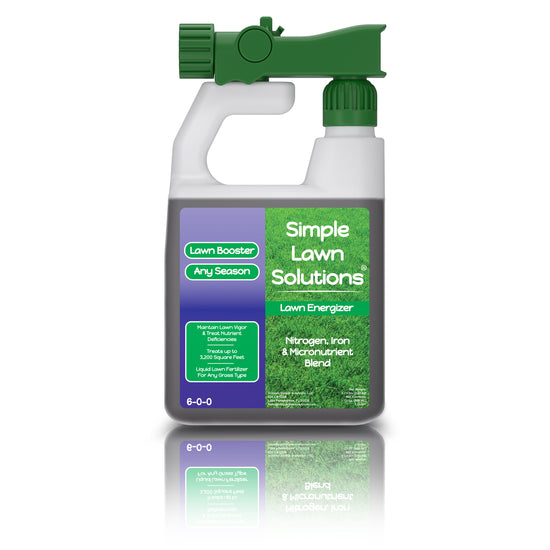As homeowners, we take great pride in maintaining lush, green lawns that enhance the beauty and curb appeal of our homes. Achieving and maintaining that perfect, well-manicured look can sometimes feel like an ongoing battle against nature. In this article, we will explore the benefits and applications of plant growth regulators for turfgrasses, helping you unlock the full potential of your lawn.

Understanding Plant Growth Regulators:
Plant growth regulators are chemical substances that influence the growth and development of plants. These compounds help regulate various physiological processes in plants, including cell elongation, shoot growth, root development, and flowering. By manipulating these processes, PGRs offer homeowners an effective tool for managing the growth, appearance, and health of their lawns.

Benefits of Plant Growth Regulators for Turfgrasses:
- Reduced Vertical Growth: One of the primary benefits of using PGRs on turfgrasses is the control they provide over vertical growth. By inhibiting the elongation of grass blades, PGRs help maintain a consistent height, reducing the need for frequent mowing. This not only saves time and effort but also reduces wear and tear on your lawn.
- Enhanced Density: PGRs do not impede lateral growth, resulting in denser turfgrasses. This increased density improves the overall appearance of your lawn by helping to fill in thin or bare patches.
- Improved Stress Tolerance: Turfgrasses treated with PGRs exhibit improved tolerance to environmental stresses such as drought and heat. Plant growth regulators also help improve plant performance in areas stressed by shade.

Applying Plant Growth Regulators:
Before using PGRs, it is essential to consider a few factors:
- Choose the appropriate PGR for your specific turfgrass species and lawn conditions.
- Follow the instructions provided by the manufacturer carefully, including application rates, timing, and safety precautions.
- PGRs are typically applied as liquid sprays and can be absorbed through the foliage or the soil, depending on the product.
Always consult with a lawn care professional or seek guidance from local agricultural extension offices to ensure proper application and address any specific concerns regarding your lawn.

Plant growth regulators provide homeowners with a powerful tool to achieve a well-manicured, healthy lawn. By controlling vertical growth, enhancing density, and improving stress tolerance, PGRs offer numerous benefits. When used appropriately and in conjunction with good cultural practices, PGRs can help homeowners unlock the full potential of their turfgrasses and maintain beautiful, vibrant lawns. Remember to choose the right product, follow instructions diligently, and consult experts for optimal results. Enjoy the rewards of a stunning, low-maintenance lawn with the help of plant growth regulators.
Sources:
Christians, N., Patton, A.J., & Law, Q.D. (2017). Mowing, rolling, and plant growth regulators, in Fundamentals of Turfgrass Management, 5th ed. John Wiley & Sons, Inc.
Reicher, Z.J., Dernoeden, P.H., & Richmond, D.S. (2013). Insecticides, fungicides, herbicides, and growth regulators used in turfgrass systems, in Stier, J.C., Horgan, B.P., Bonos, S.A., eds., Turfgrass: Biology, Use, and Management. Agronomy Monograph 56. ASA, CSSA, SSSA, pp. 891-932.









